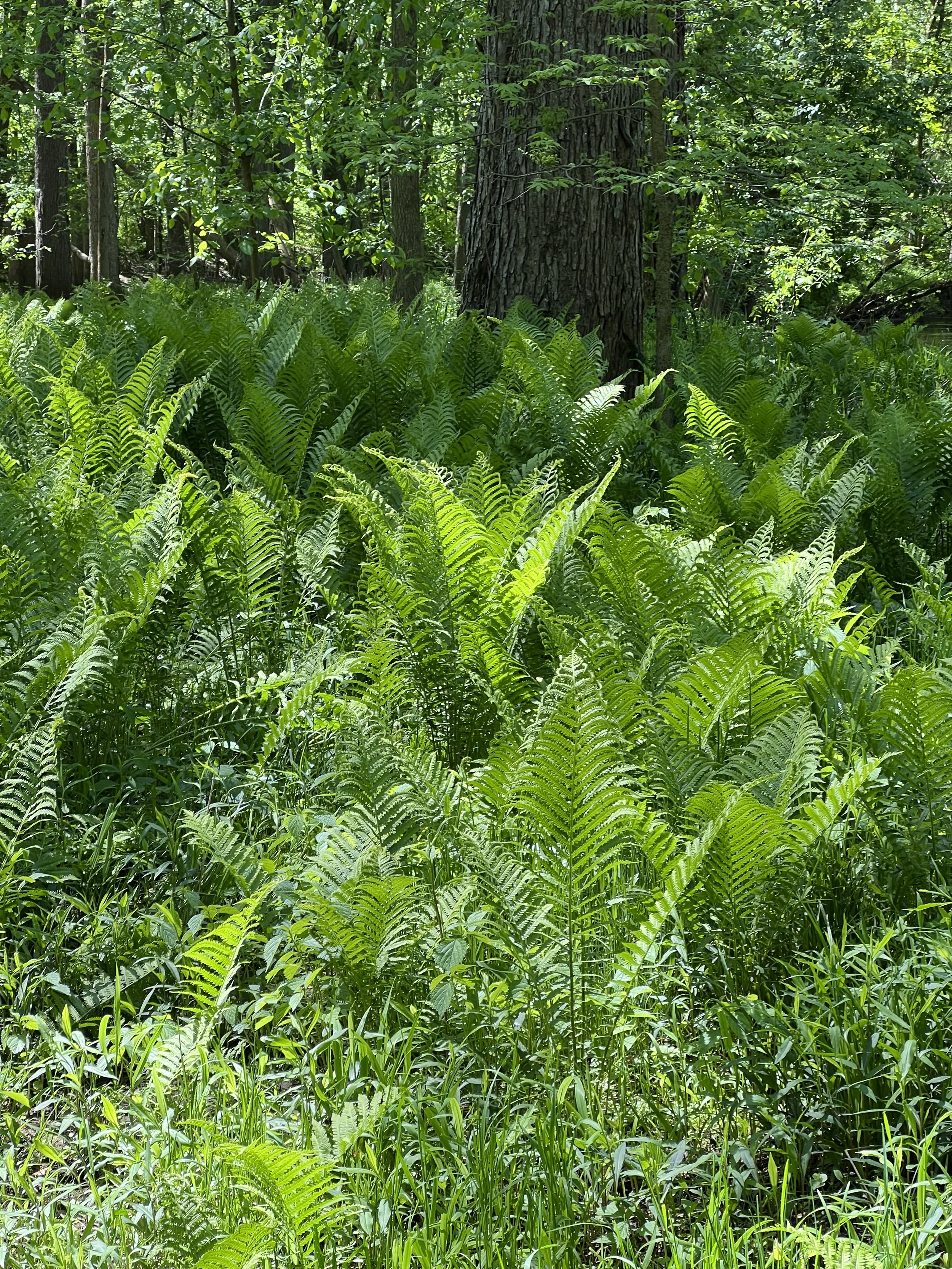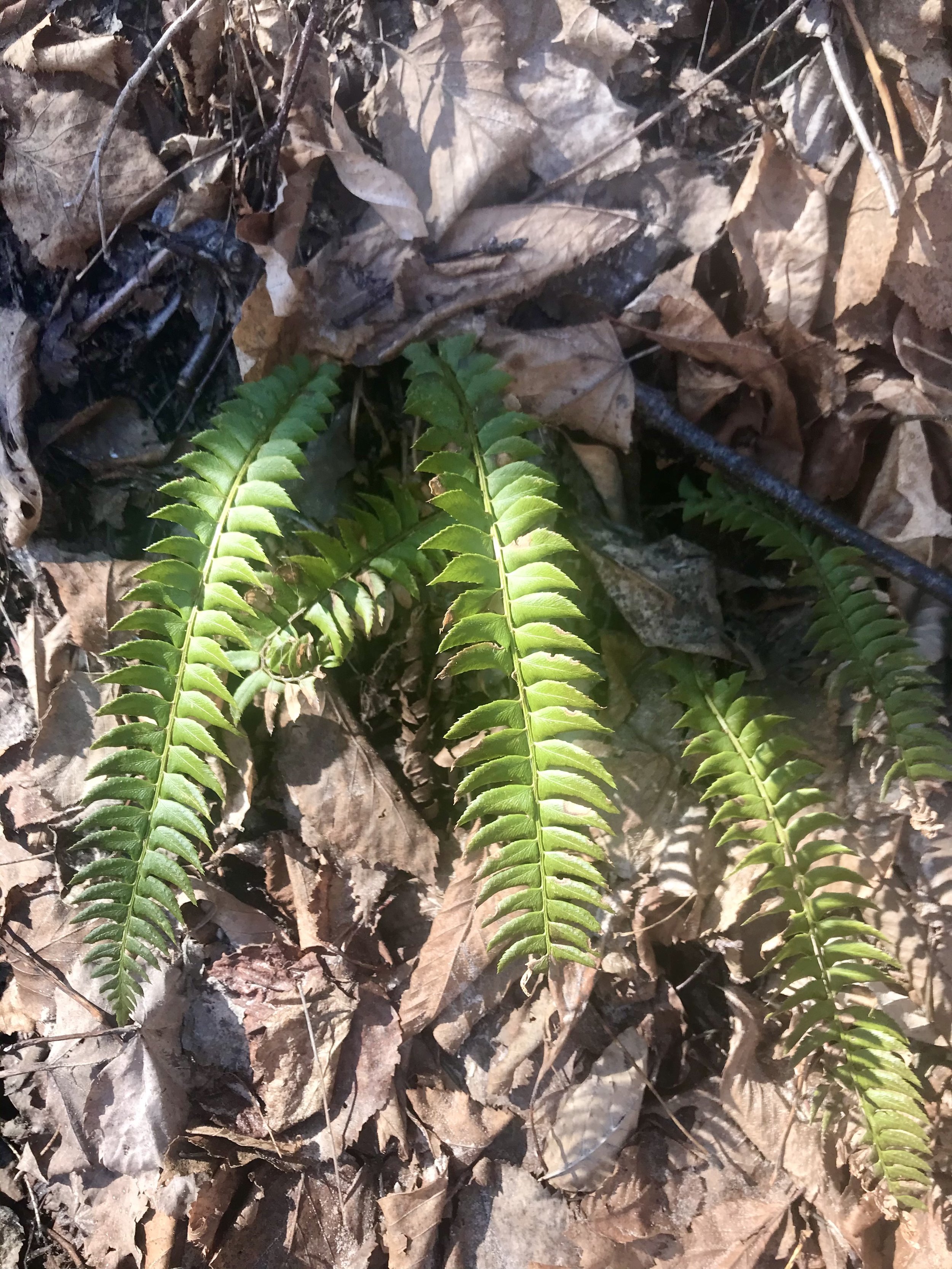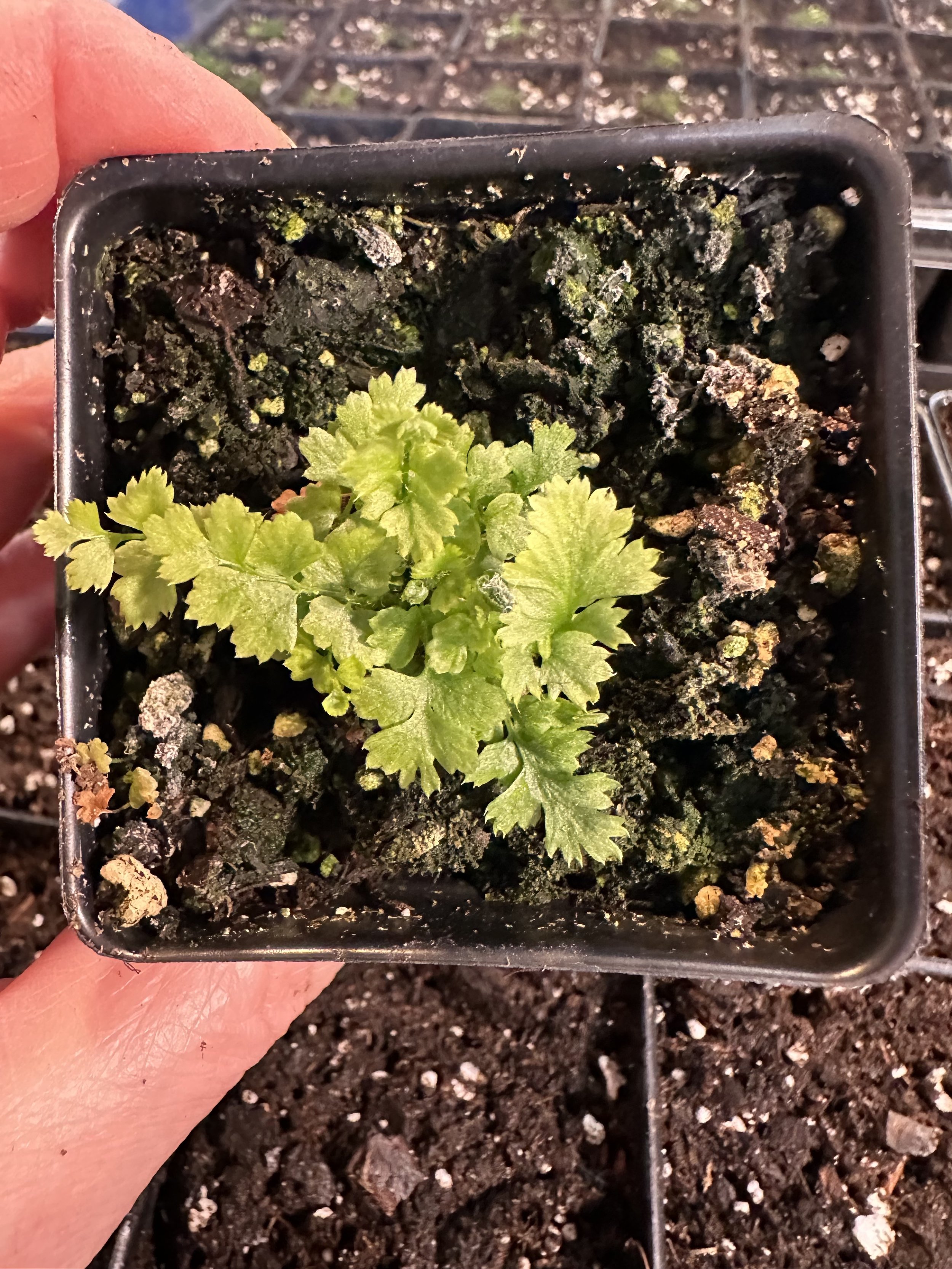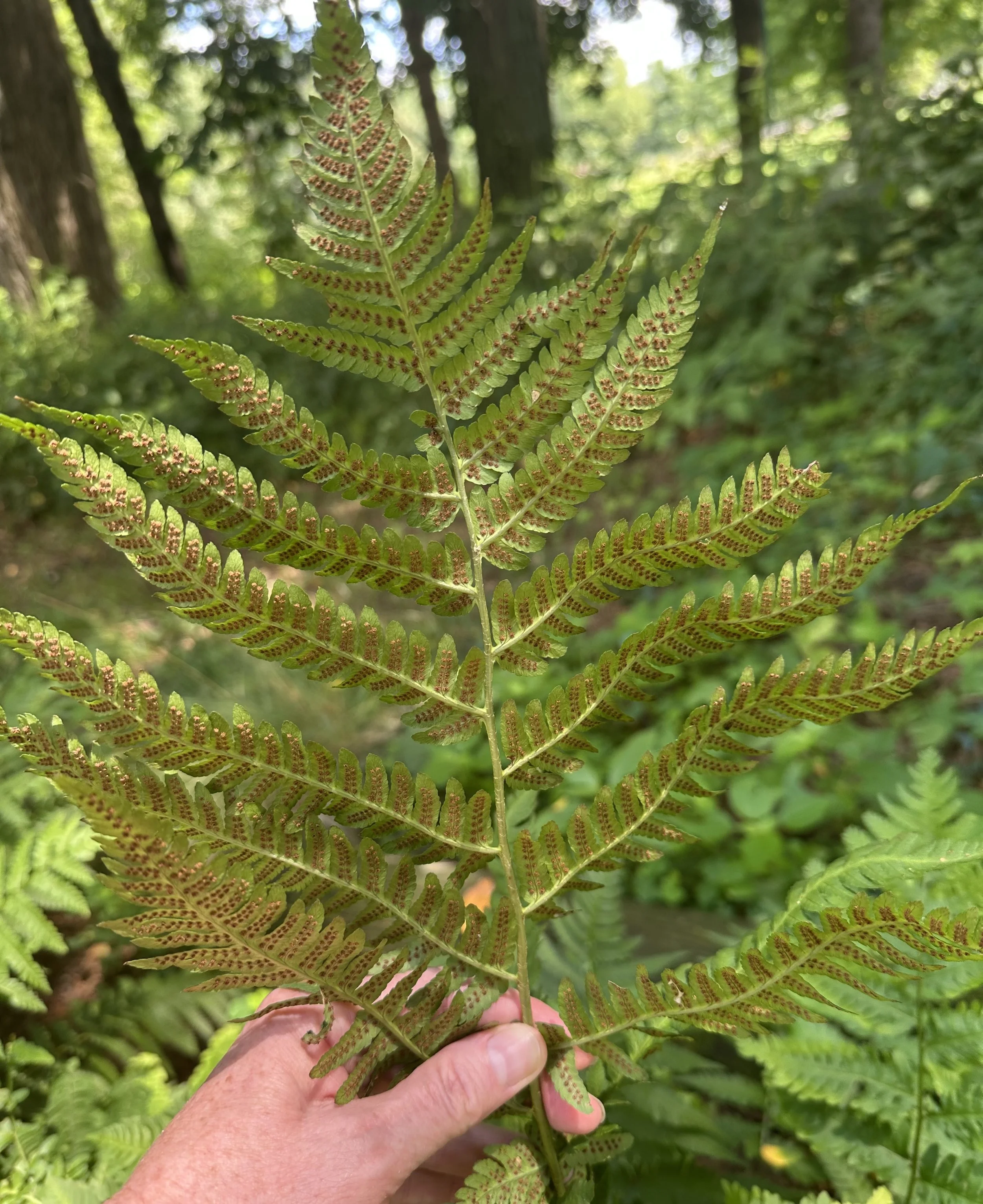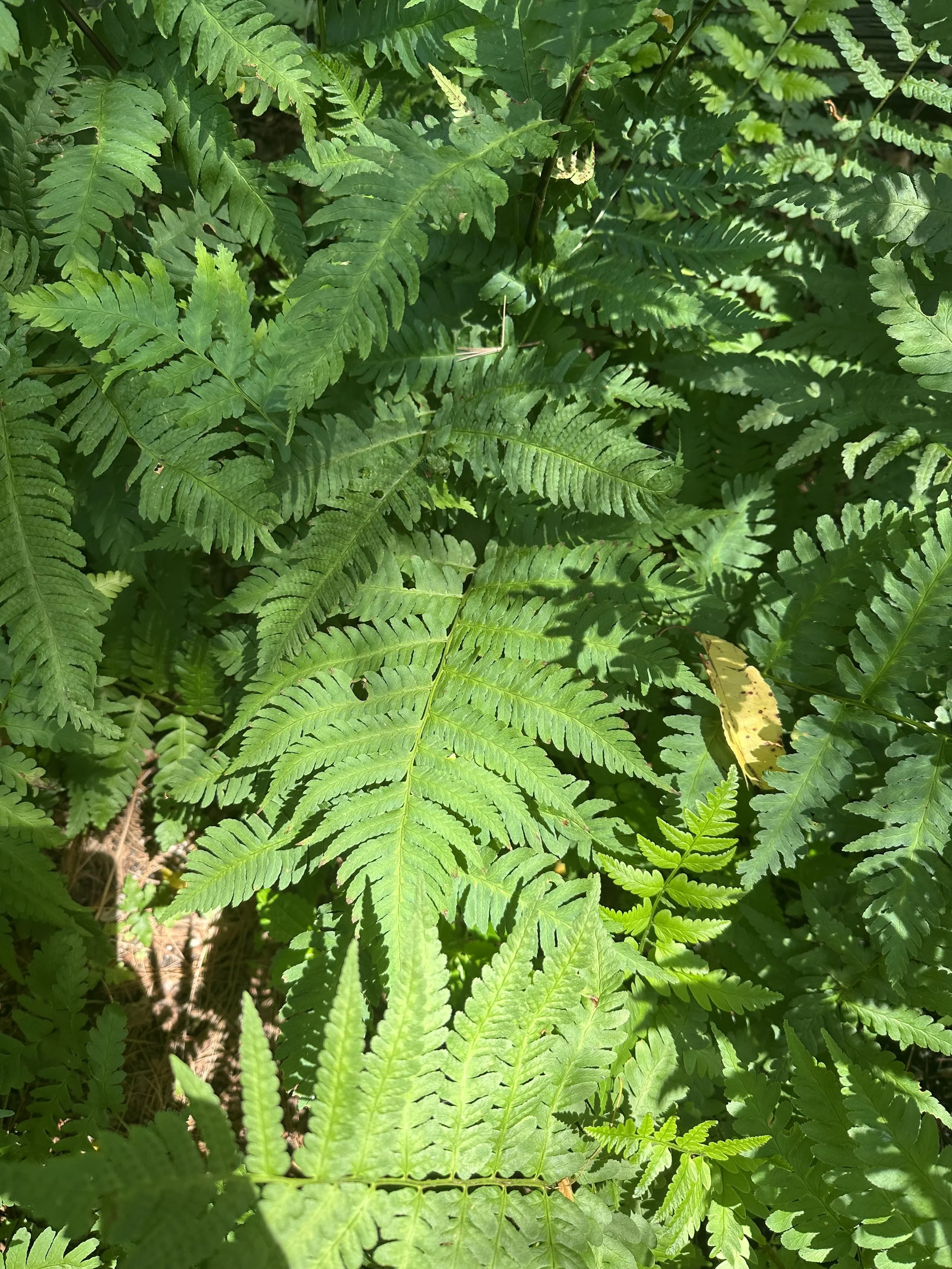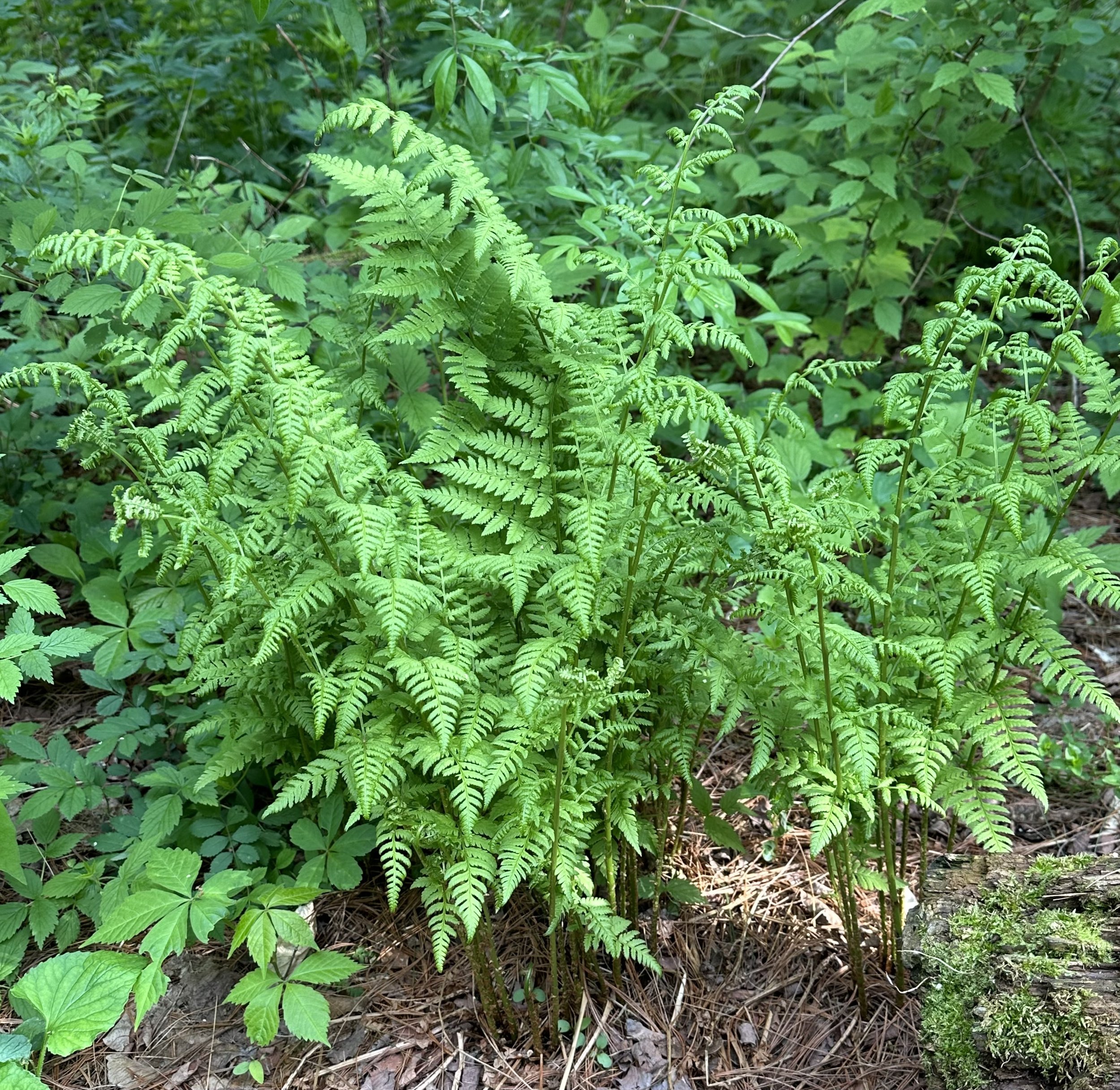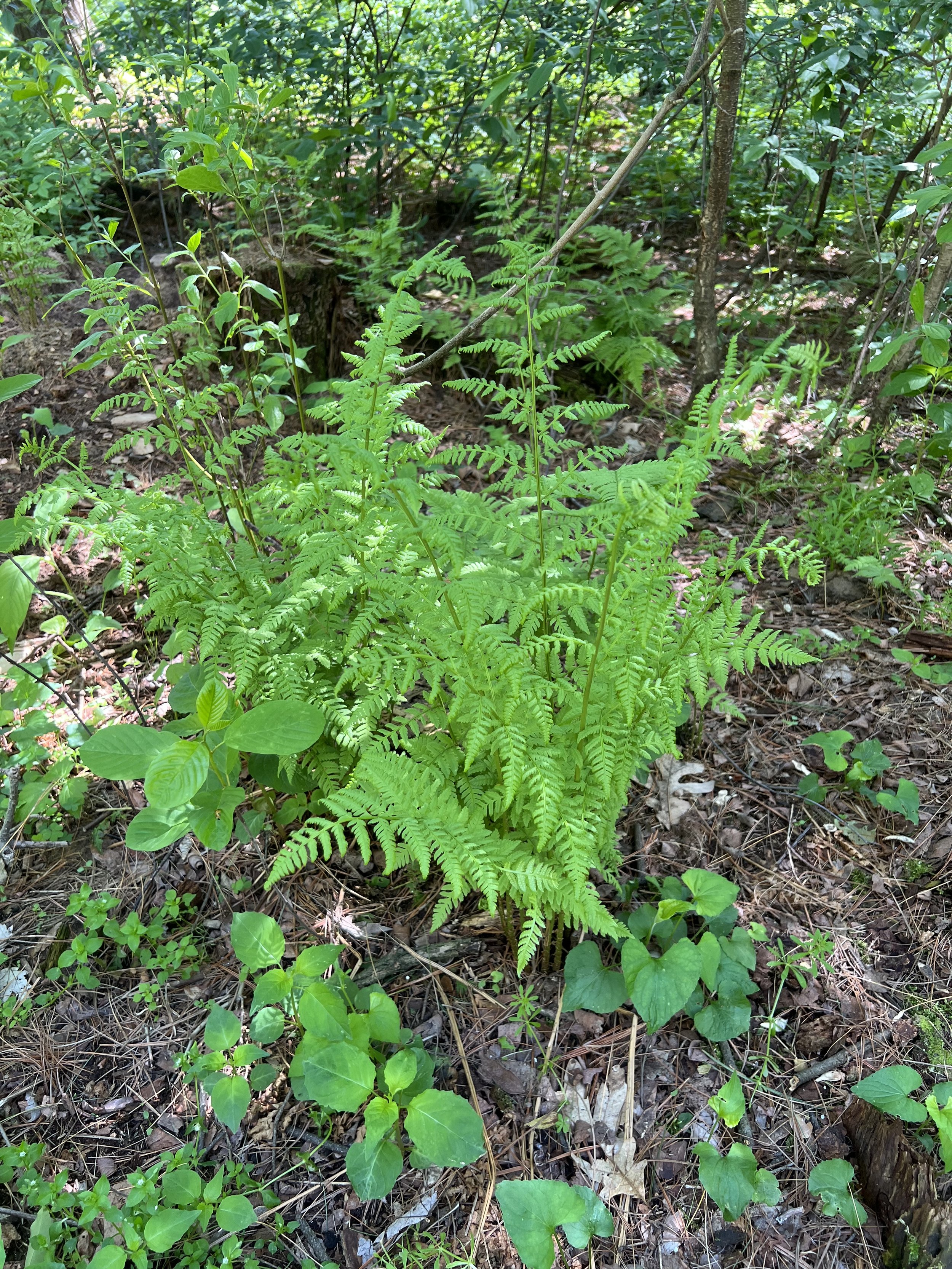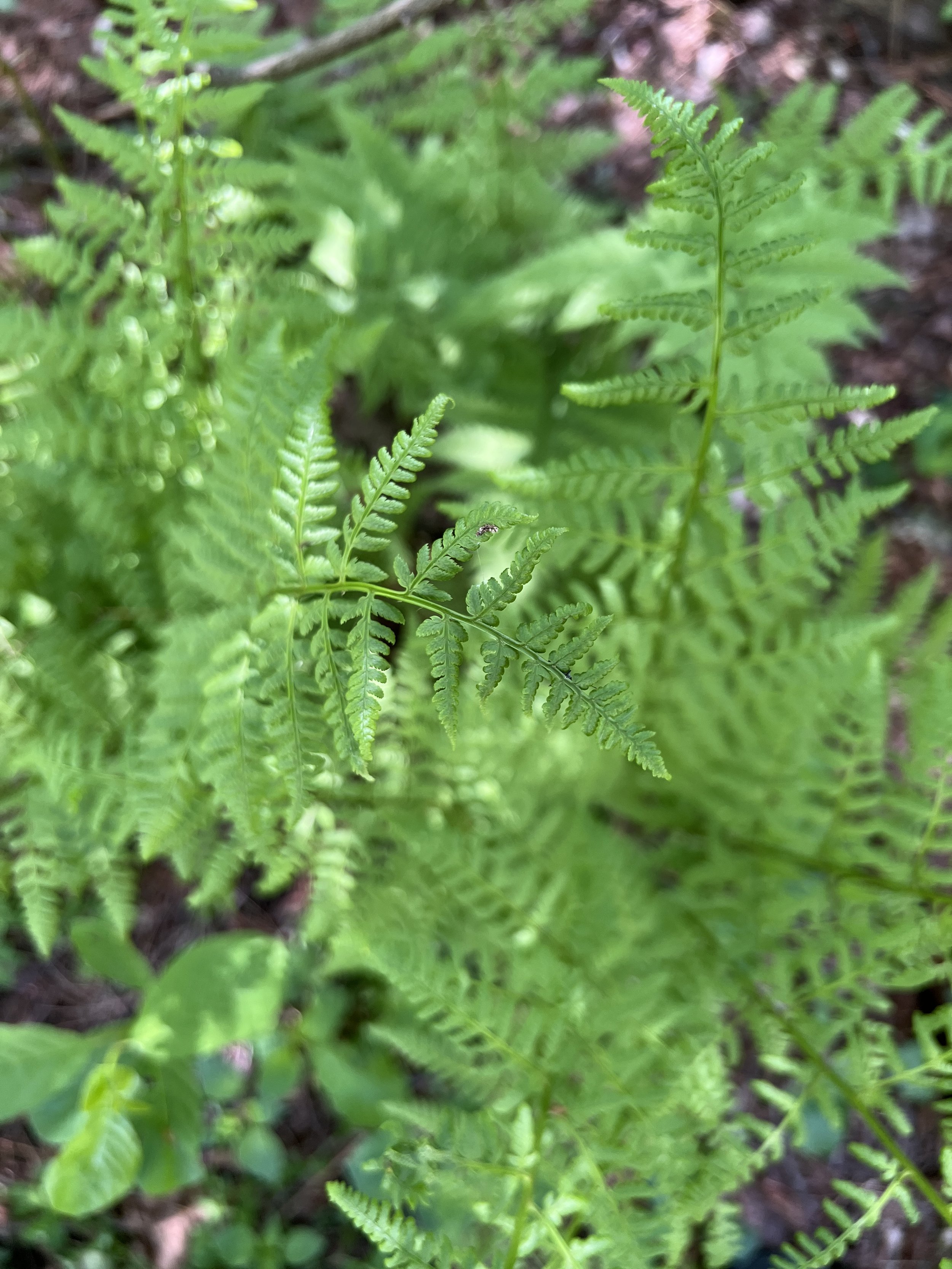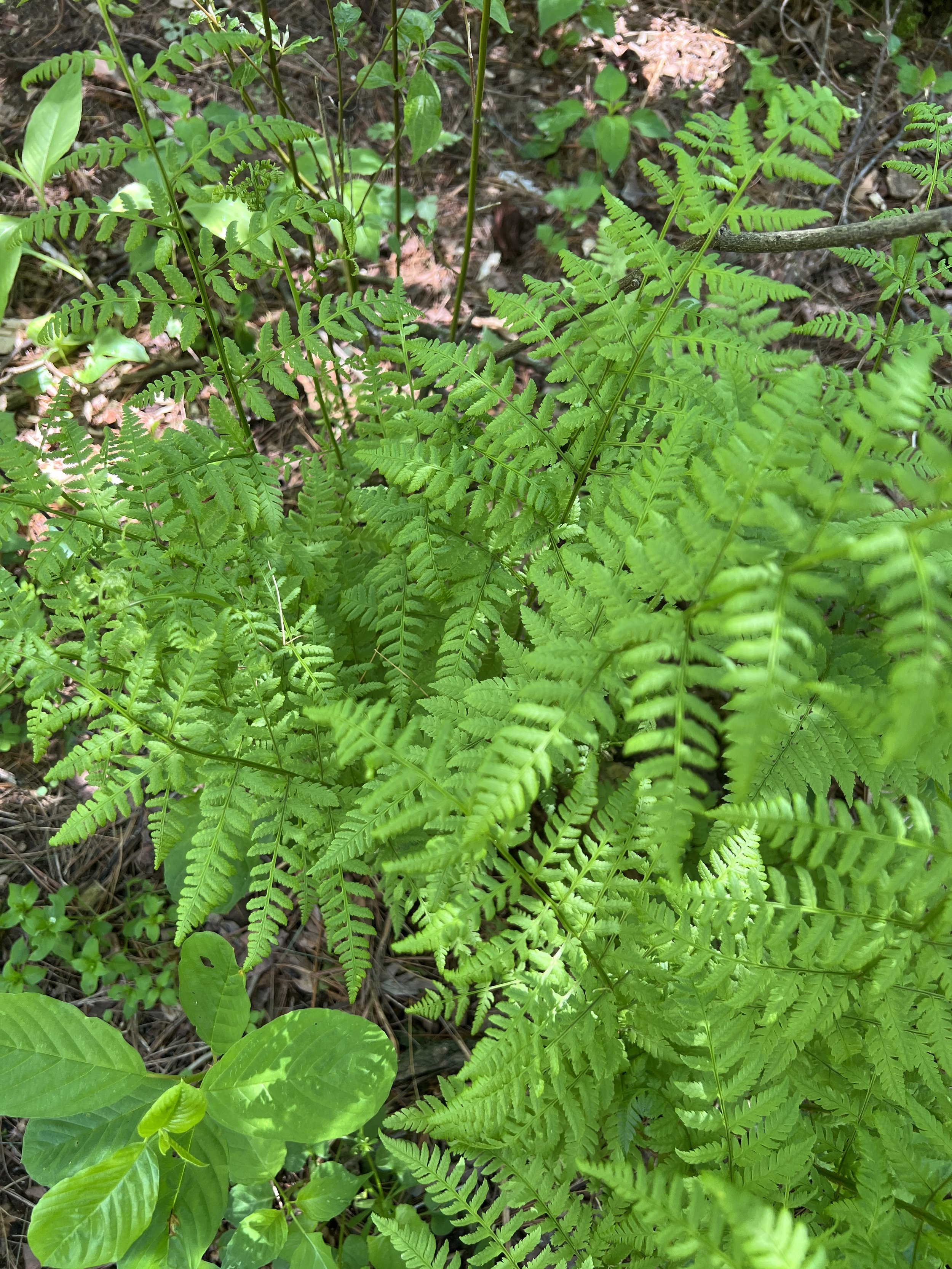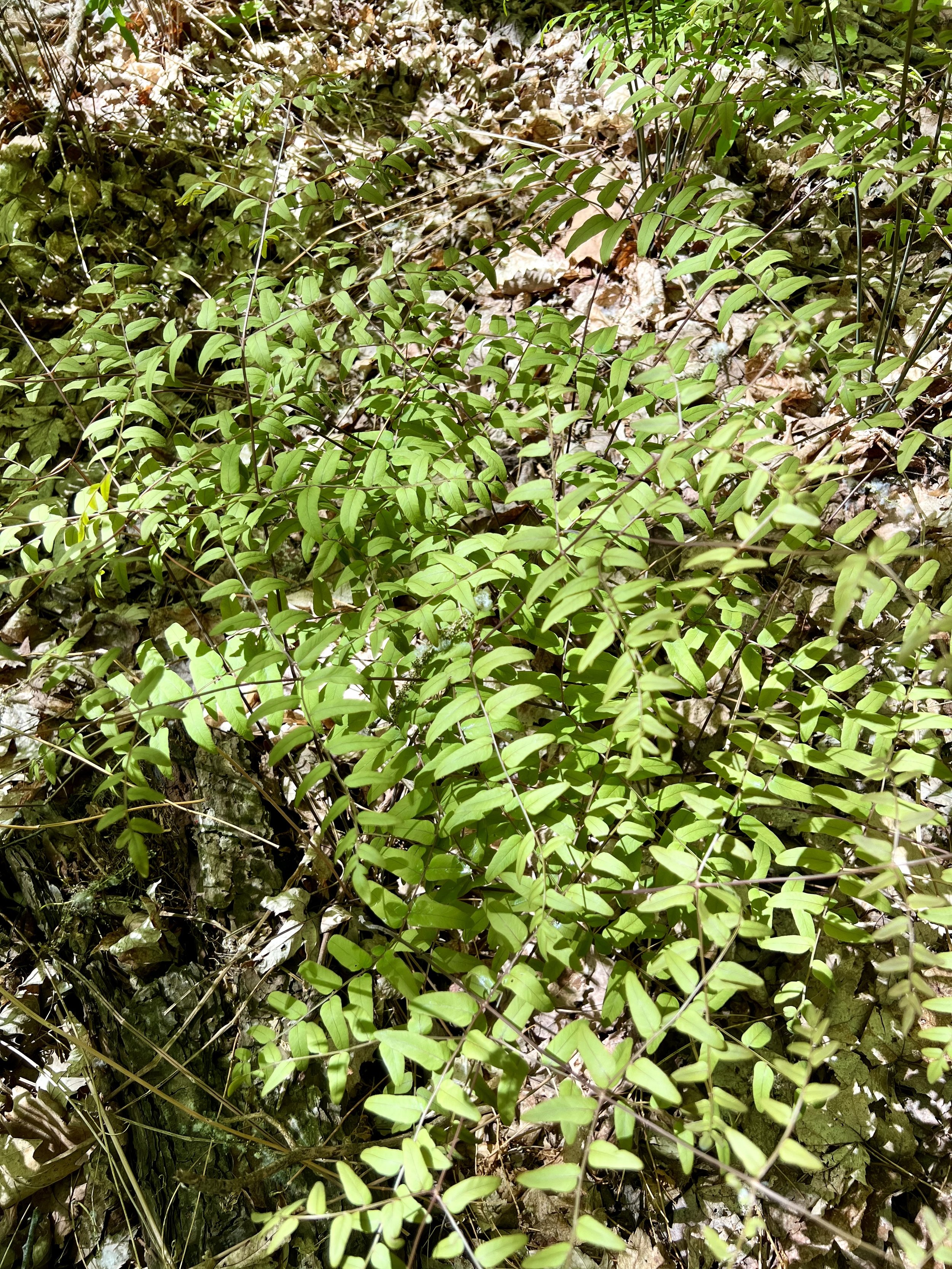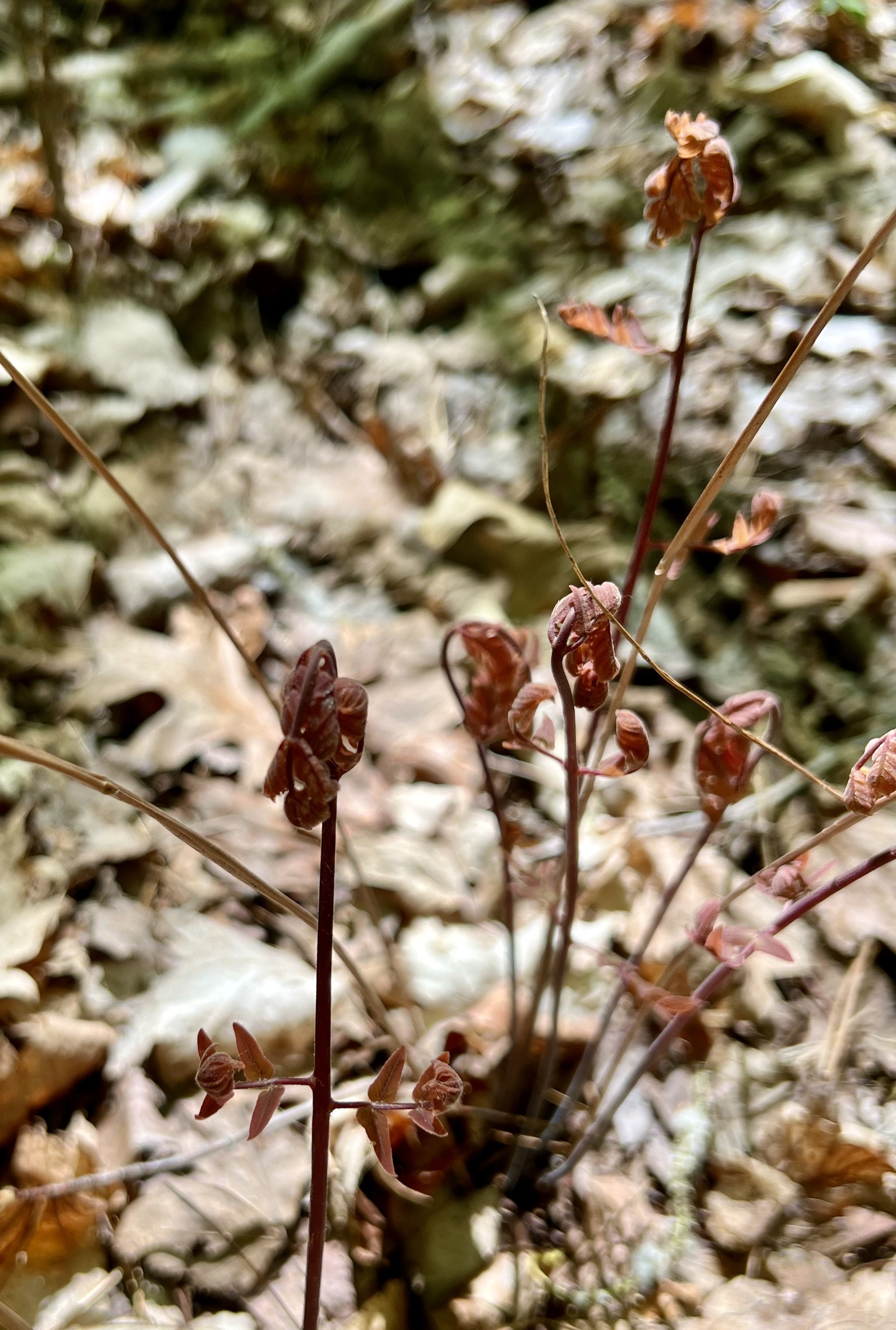 Image 1 of 11
Image 1 of 11

 Image 2 of 11
Image 2 of 11

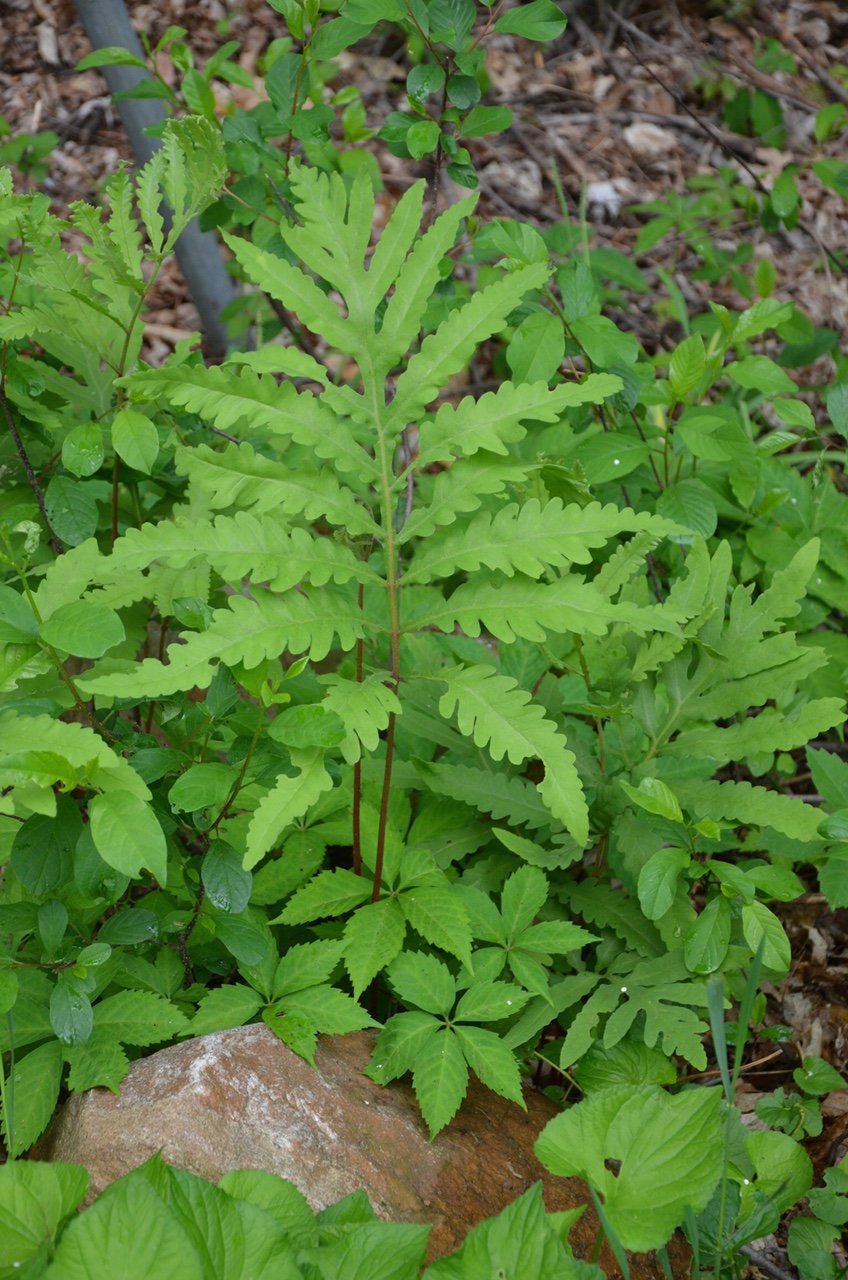 Image 3 of 11
Image 3 of 11

 Image 4 of 11
Image 4 of 11

 Image 5 of 11
Image 5 of 11

 Image 6 of 11
Image 6 of 11

 Image 7 of 11
Image 7 of 11

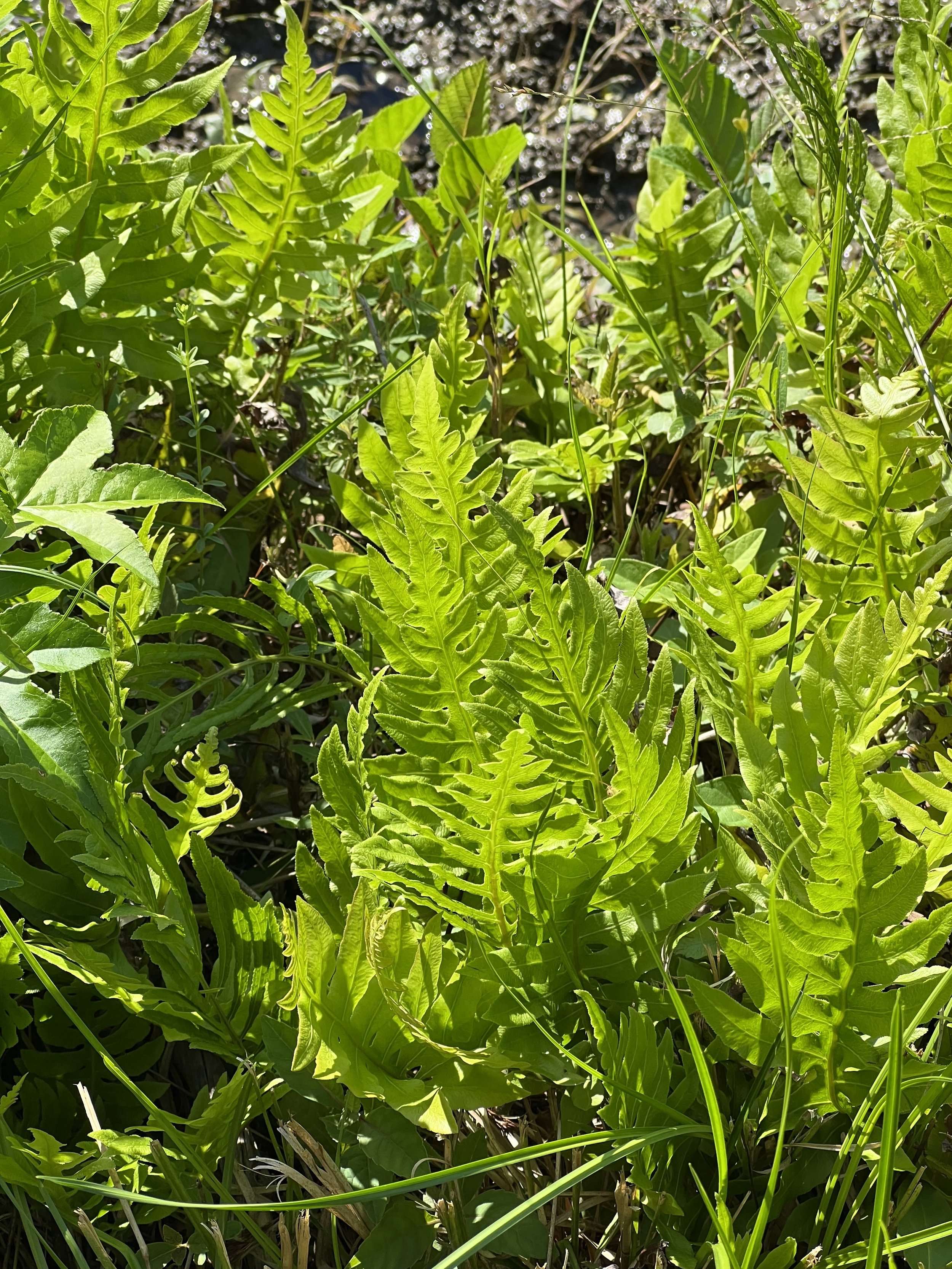 Image 8 of 11
Image 8 of 11

 Image 9 of 11
Image 9 of 11

 Image 10 of 11
Image 10 of 11

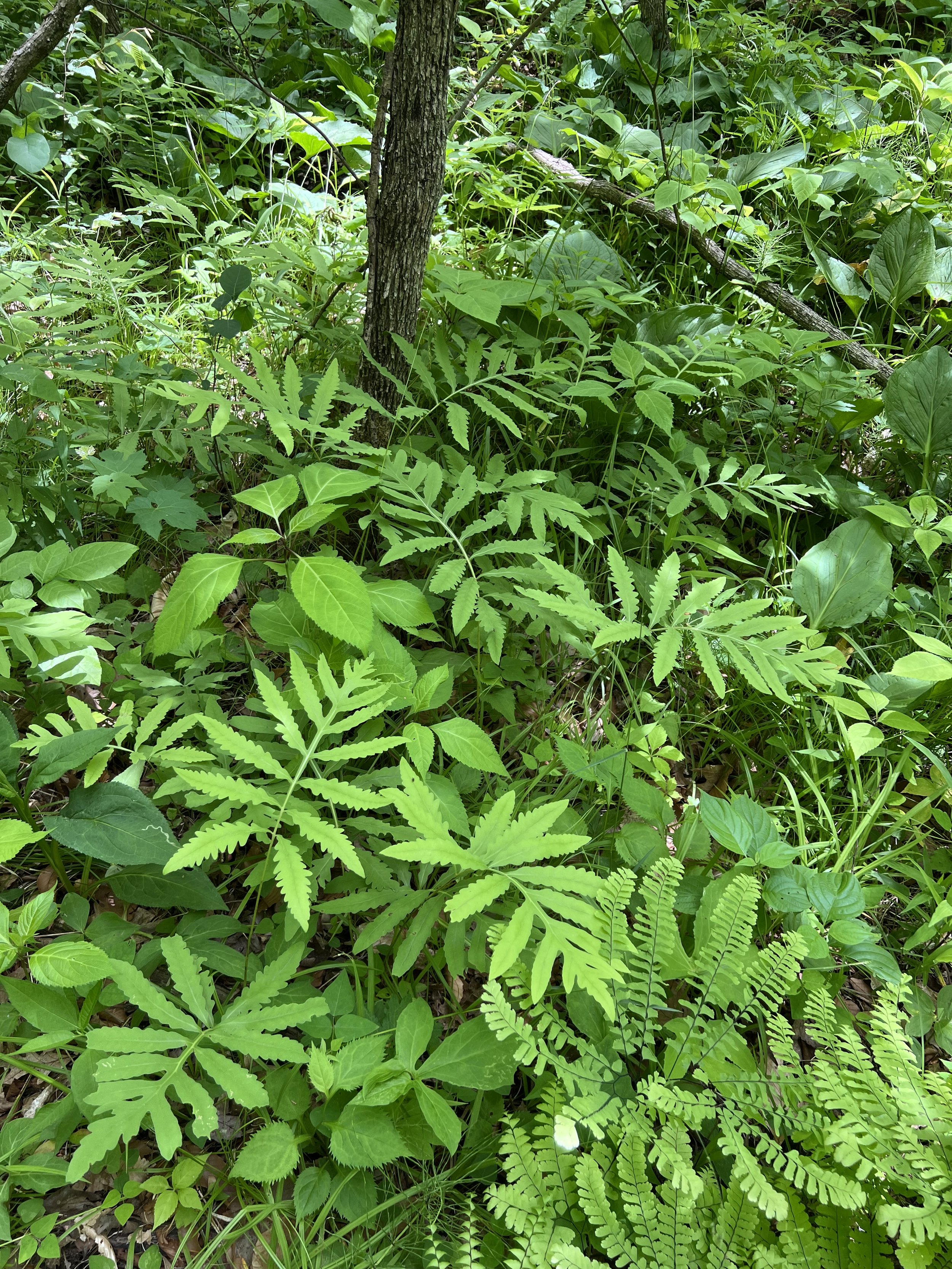 Image 11 of 11
Image 11 of 11












Sensitive Fern (Onoclea sensiblils)
from $5.50
Sold Out
Sensitive Fern is found in a range of light conditions, but it is always found where there is ample moisture. The fronds are once-compound and the leaflets have wavy edges.
Sterile fronds are a yellow-green color. Fertile fronds are made up of tightly packed structures that hold the spores. They are dark in color and eventually turn black, overwintering this way, until spores are released the next spring. This fern can also spread by rhizome.
Sensitive Fern emerges in the spring after the danger of frost is past and wilts down in the fall at first frost.
Illinois Wildflowers mentions that imprints of ferns very similar to this were found dating back to the time of the dinosaurs!
Sensitive Fern (Onoclea sensibilis)
Michigan Flora reference page for state distribution: Sensitive Fern
height: 1-2.5 feet
soil: wet, rich
sun: partial sun, light shade
plant spacing: 18”
life cycle: perennial
family: Onacleaceae
spore source: Michigan
Sizes:
Get notified by email when this product is in stock.
Sensitive Fern is found in a range of light conditions, but it is always found where there is ample moisture. The fronds are once-compound and the leaflets have wavy edges.
Sterile fronds are a yellow-green color. Fertile fronds are made up of tightly packed structures that hold the spores. They are dark in color and eventually turn black, overwintering this way, until spores are released the next spring. This fern can also spread by rhizome.
Sensitive Fern emerges in the spring after the danger of frost is past and wilts down in the fall at first frost.
Illinois Wildflowers mentions that imprints of ferns very similar to this were found dating back to the time of the dinosaurs!
Sensitive Fern (Onoclea sensibilis)
Michigan Flora reference page for state distribution: Sensitive Fern
height: 1-2.5 feet
soil: wet, rich
sun: partial sun, light shade
plant spacing: 18”
life cycle: perennial
family: Onacleaceae
spore source: Michigan








